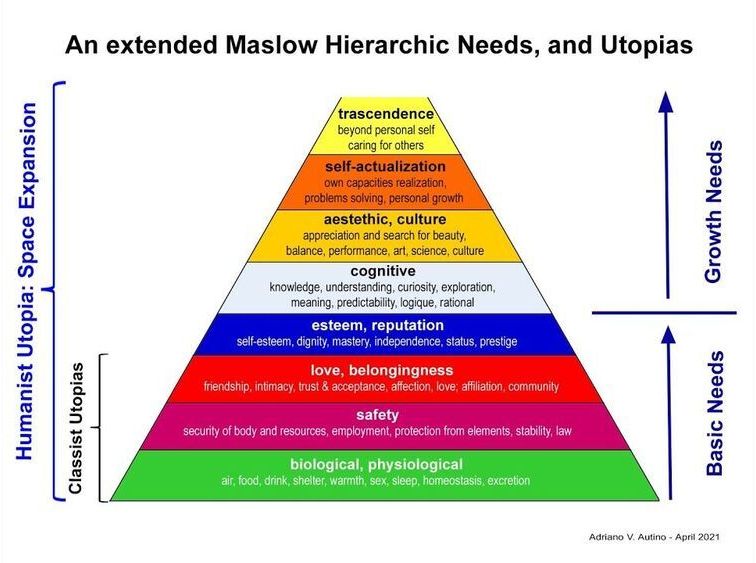
The most accurate distance measurement yet of ultra-diffuse galaxy (UDG) NGC1052-DF2 (DF2) confirms beyond any shadow of a doubt that it is lacking in dark matter. The newly measured distance of 22.1 +/-1.2 megaparsecs was obtained by an international team of researchers led by Zili Shen and Pieter van Dokkum of Yale University and Shany Danieli, a NASA Hubble Fellow at the Institute for Advanced Study.
“Determining an accurate distance to DF2 has been key in supporting our earlier results,” stated Danieli. “The new measurement reported in this study has crucial implications for estimating the physical properties of the galaxy, thus confirming its lack of dark matter.”
The results, published in Astrophysical Journal Letters on June 9, 2021, are based on 40 orbits of NASA’s Hubble Space Telescope, with imaging by the Advanced Camera for Surveys and a “tip of the red giant branch” (TRGB) analysis, the gold standard for such refined measurements. In 2019, the team published results measuring the distance to neighboring UDG NGC1052-DF4 (DF4) based on 12 Hubble orbits and TRGB analysis, which provided compelling evidence of missing dark matter. This preferred method expands on the team’s 2018 studies that relied on “surface brightness fluctuations” to gauge distance. Both galaxies were discovered with the Dragonfly Telephoto Array at the New Mexico Skies observatory.


















